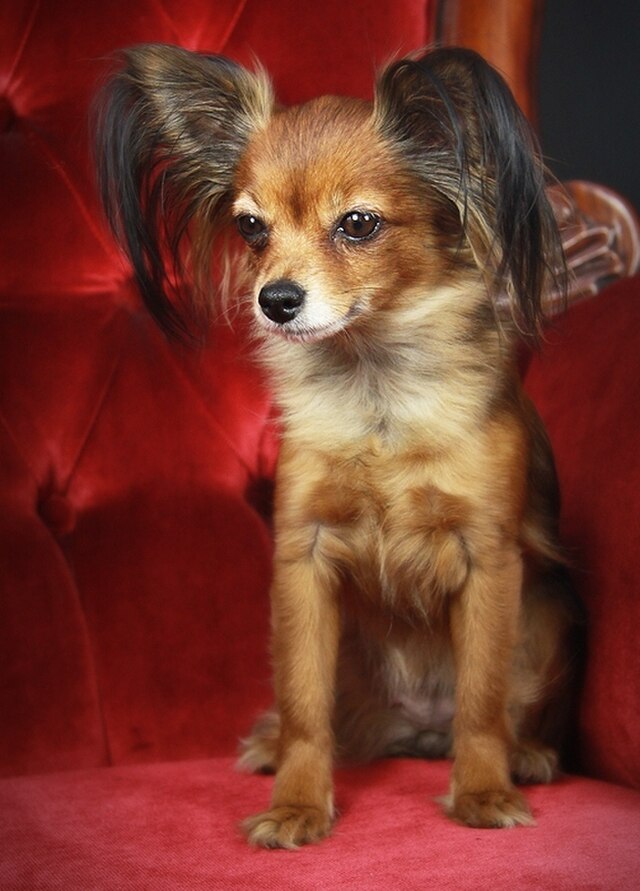


The Russian Toy is a small and lively toy breed, recognized for its elegance, agility, and affectionate nature. It has a compact size, making it an ideal companion for people who prefer small dogs. The breed comes in two coat varieties: smooth and long-haired. Despite their petite stature, Russian Toys are known for their bold personalities and high energy levels.
The Russian Toy is believed to have originated in Russia in the late 19th century. It was initially bred as a companion dog, often kept by aristocrats and Russian nobility. The breed is thought to have descended from small terrier-type dogs brought to Russia from Western Europe. The Russian Toy almost faced extinction after the Russian Revolution but was revived in the 20th century. The breed was officially recognized by the Russian Kennel Federation in 2003 and has since gained popularity worldwide.
Russian Toys are tiny dogs, typically weighing between 3 to 6 pounds and standing about 8 to 10 inches tall. Their bodies are delicate and graceful, with a well-defined chest, slender legs, and a slightly curved tail. The breed has two coat types: the smooth coat, which is short and close-lying, and the long coat, which is fine and slightly wavy with a plumed tail and feathering on the legs. Russian Toys come in a variety of colors, including black, brown, tan, blue, and cream.
The Russian Toy is a lively and affectionate dog, known for its loyalty to its owner. Despite their small size, they have bold and confident personalities, often acting as though they are much larger dogs. They tend to be friendly with their family members and can form strong bonds with their owners. Russian Toys are typically good with children and other pets if raised properly. However, they can be wary of strangers and may have a tendency to be protective of their home and family.
Although small, the Russian Toy is an active dog and requires regular exercise to stay healthy and happy. Daily walks and playtime are essential for keeping them physically and mentally stimulated. Russian Toys enjoy activities that involve running and chasing, so games like fetch or agility training can be a great way to engage them. However, because of their small size, it’s important not to over-exercise them, especially during the puppy stage, as their joints and bones are delicate.
Russian Toys are intelligent and eager to please, which makes them relatively easy to train. However, they can be a bit independent or stubborn at times, so consistent and positive reinforcement methods are key to successful training. Early socialization is essential to help them become well-rounded and comfortable with new experiences, people, and animals. If not properly socialized, they may develop timid or aggressive behaviors toward strangers or other pets.
Russian Toys are generally healthy dogs, but like all breeds, they can be prone to certain health issues. Common health concerns include dental problems (due to their small mouths), patellar luxation (a condition where the kneecap dislocates), and heart conditions such as mitral valve disease. Regular veterinary checkups, a balanced diet, and maintaining a healthy weight are important for ensuring their long-term well-being. Additionally, their coat needs regular grooming, particularly the long-haired variety, to prevent matting and tangles.
The Russian Toy has a relatively long lifespan for a small breed, typically living between 12 to 15 years, although some may live even longer with proper care. Their longevity is influenced by factors such as genetics, diet, exercise, and regular health care. Keeping them in good physical condition and preventing obesity can contribute to a longer and healthier life.
© copyright Dog Compendium 2024 - 2025